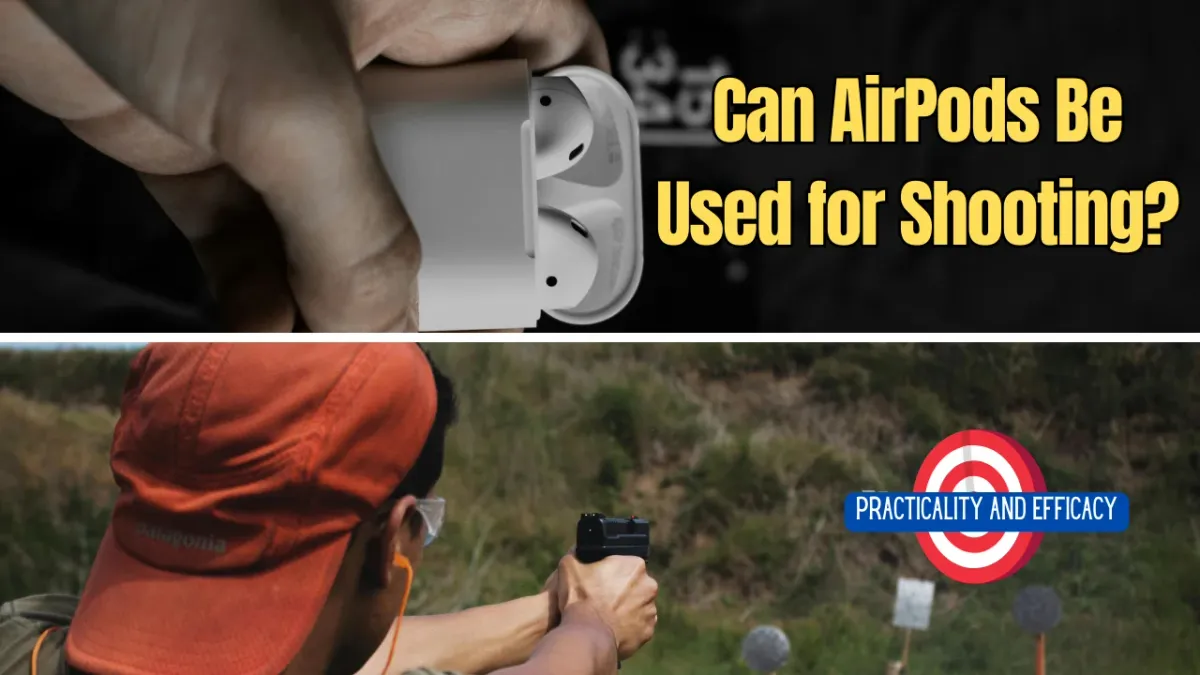Noise is an inescapable part of many environments, from bustling city streets to loud occupational settings. Protecting your hearing is not just a matter of comfort but of health. The question "What NRR rating do I need?" is more than just a casual inquiry—it's a critical step in safeguarding one of your most vital senses. In this article, we'll explore the Noise Reduction Rating (NRR) system and how to determine the right level of protection for various situations.
Key Takeaways:
- Understanding the Noise Reduction Rating (NRR) is crucial for selecting the right hearing protection device.
- The NRR rating needed varies depending on the noise level of the environment and the duration of exposure.
- Proper fit and use of hearing protection devices are essential to achieve the maximum benefit from the NRR.
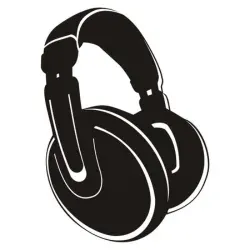
Understanding the Noise Reduction Rating (NRR)
The Noise Reduction Rating is a common method used to measure the effectiveness of hearing protection devices. Expressed in decibels (dB), the NRR indicates the amount of potential noise reduction provided by a hearing protector when used as directed. The higher the NRR number, the greater the noise reduction. It's important to note that the NRR is based on laboratory tests and may not reflect real-world conditions.
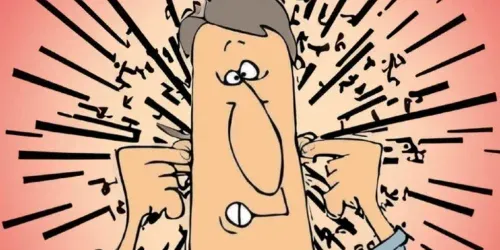
The Importance of Hearing Protection
Exposure to high noise levels can lead to permanent hearing loss, which is why wearing hearing protection equipment in noisy environments is essential. An effective hearing conservation program includes the use of personal protective equipment (PPE) such as earplugs and earmuffs. These devices are designed to reduce the noise exposure level and protect hearing from damage due to loud noises.
Determining Your NRR Needs
To determine the NRR rating you need, first measure the noise level of your environment. This can be done using a sound level meter. Once you have the decibel level, consider the exposure time. OSHA requirements vary depending on the noise level and exposure time. For example, if you're exposed to 85 dB for an extended period, OSHA requires hearing protection.
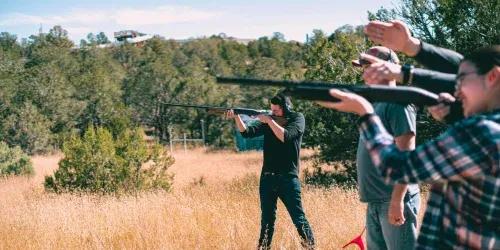
Factors Affecting NRR Effectiveness
Several factors can influence the actual noise reduction achieved by hearing protectors, including proper fit, the condition of the device, and whether one or two forms of protection are used (such as earplugs and earmuffs together). The real-world effectiveness of a hearing protector is often less than the NRR suggests due to these variables.
Choosing the Right Hearing Protection Device
When selecting a hearing protection device, consider the NRR value, comfort, compatibility with other safety equipment, and the specific noise exposure in your environment. Earplugs are suitable for moderate noise levels and offer convenience, while earmuffs provide a higher NRR rating and are better for higher noise levels or impulsive noises.
The Role of NRR in Occupational Safety
In a loud occupational environment, the NRR plays a pivotal role in the occupational safety and health administration's (OSHA) guidelines. Employers must provide protection equipment with an appropriate NRR rating to ensure workers' safety and compliance with regulations.
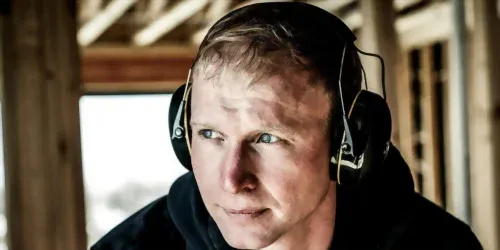
NRR Values and Their Meaning
NRR values range from as low as 15 dB to as high as 33 dB. The higher values indicate a greater capacity for noise reduction. It's essential to choose a hearing protector with an NRR that reflects the level of noise in your given environment.
Calculating the Effective NRR
To calculate the effective NRR for a given environment, OSHA recommends a de-rating system. Subtract seven from the NRR, then divide by two to adjust for real-world conditions. This adjusted value is subtracted from the measured noise level to estimate the level of noise reaching the ear.
The Impact of Extended Exposure to Noise
Extended exposure to high noise levels can result in noise-induced hearing loss, which is often permanent. Understanding the NRR and selecting the right hearing protection can mitigate this risk and preserve hearing health.
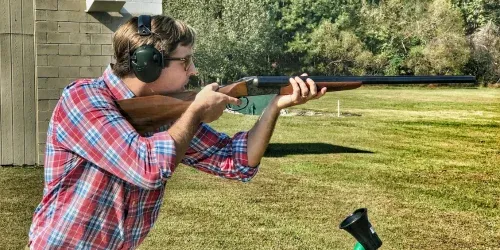
Combining Earplugs and Earmuffs
For environments with extremely high noise levels, such as near a jet engine, using both earplugs and earmuffs may be necessary. This combination can provide a higher level of protection than either device alone.
Ensuring Proper Fit for Maximum Protection
A proper fit is crucial for any hearing protector to provide the intended level of noise reduction. Follow the manufacturer's instructions for fitting and regularly check the condition of your hearing protection devices.

Summary
Selecting the correct NRR rating for your needs is vital for effective hearing conservation. Consider the noise level, exposure time, and other factors like fit and condition of the device. Remember that the NRR is a guide and that real-world conditions may affect the actual protection provided. Always ensure a proper fit and consider combining earplugs and earmuffs for higher noise levels.
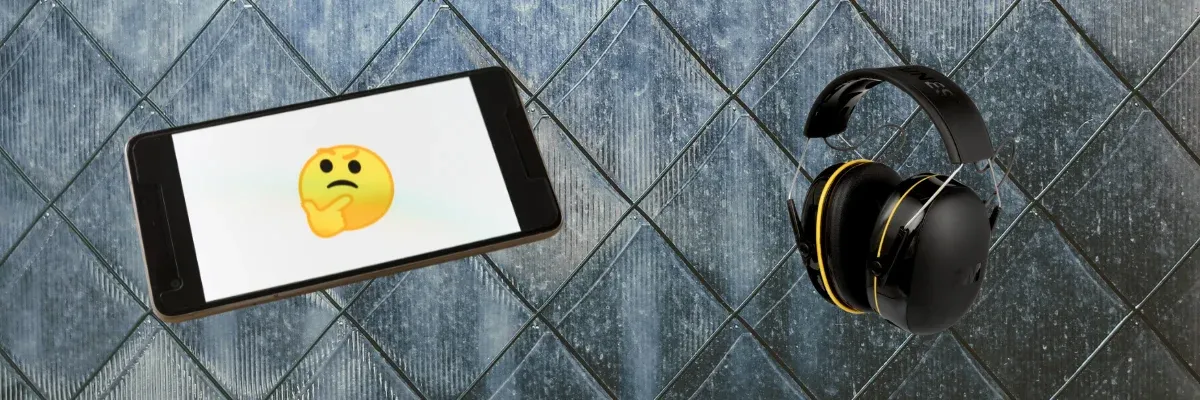
FAQs
How do I know if my hearing protection device fits properly?
To ensure a proper fit, follow the manufacturer's instructions for your specific device. For earplugs, they should be snug within the ear canal. For earmuffs, the seal around the ear should be tight without any gaps.
Can I use the NRR rating to compare different hearing protection devices?
Yes, the NRR rating can be used to compare the potential noise reduction of different devices. However, remember that the highest NRR doesn't always mean the best choice for your situation. Comfort and proper fit are also important.
What if I'm exposed to noise levels above the protection my NRR-rated device offers?
If the noise level exceeds the protection provided by your device, consider using a combination of earplugs and earmuffs to increase the overall NRR. Additionally, limit your exposure time to loud noises whenever possible.
Related articles:

